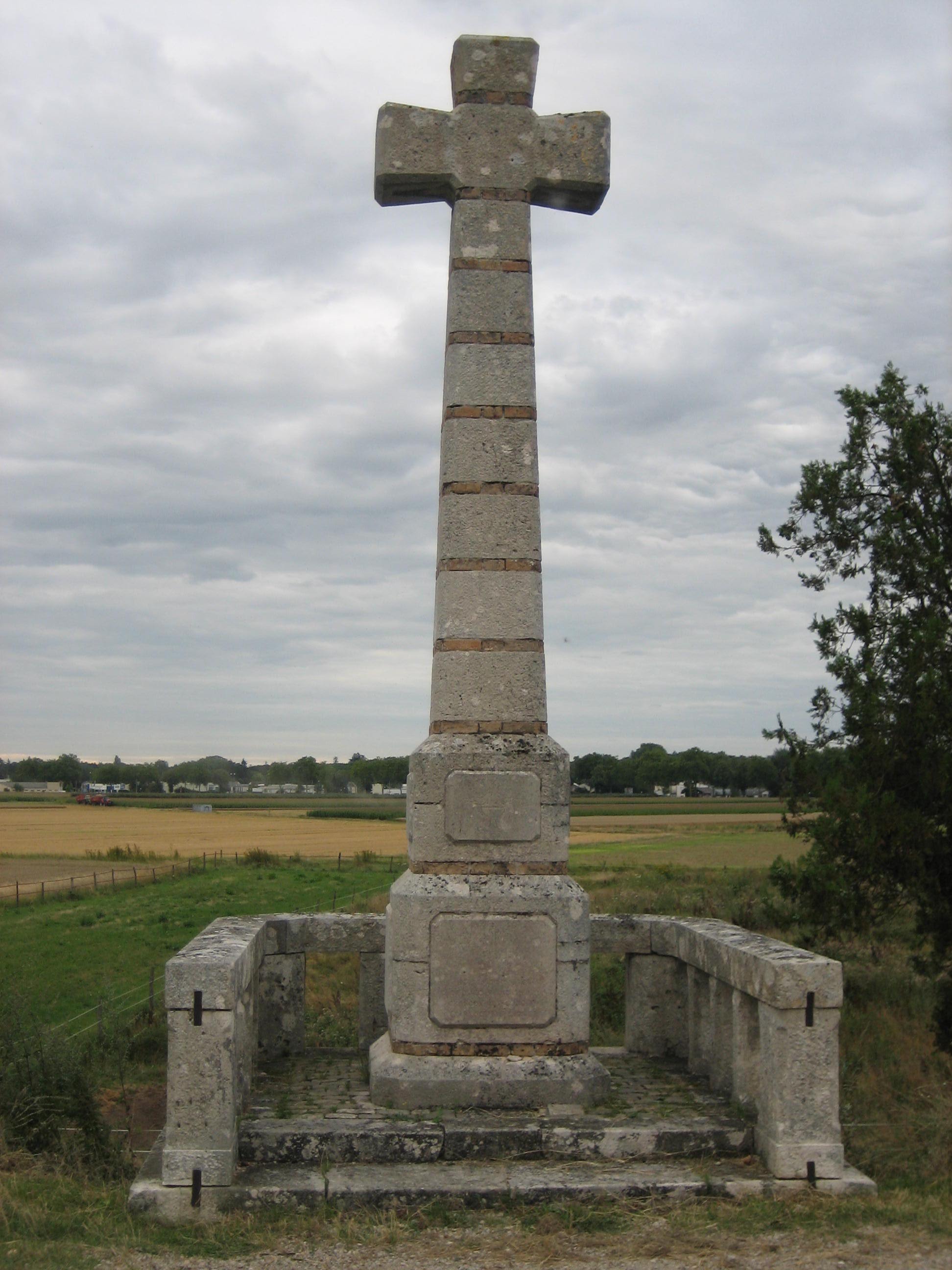Euspicius on:
[Wikipedia]
[Google]
[Amazon]
Euspicius was a
Montalembert, Charles Forbes comte de. ''The Monks of the West'', P.J. Kenedy, 1912, p. 456
/ref> Besides the royal villa on the property, the king added other domains and a piece of land inside the walls of Orléans, called Alleu de Saint-Mesmin, to serve as a refuge in case of troubles. The abbey church was dedicated to St. Stephen. Euspicius became its first abbot. Euspicius also became a renowned teacher of the contemplative life as well.Head, Thomas. "Saintly Patronage and Episcopal Authority at the Abbey of Micy", ''Hagiography and the Cult of Saints The Diocese of Orléans, 800–1200''
Euspicius became its first abbot. Euspicius also became a renowned teacher of the contemplative life as well.Head, Thomas. "Saintly Patronage and Episcopal Authority at the Abbey of Micy", ''Hagiography and the Cult of Saints The Diocese of Orléans, 800–1200''
Cambridge University Press, 1990 The rule followed was that of the Eastern hermits observed by the followers of St. Anthony and St. Basil. These rules had been brought to the West by
Vol. 11. New York: Robert Appleton Company, 1911. 5 November 2021 From Micy Abbey, monastic life spread within and around the
Gallo-Roman
Gallo-Roman culture was a consequence of the Romanization of Gauls under the rule of the Roman Empire. It was characterized by the Gaulish adoption or adaptation of Roman culture, language, morals and way of life in a uniquely Gaulish context ...
archdeacon of Verdun
Verdun (, , , ; official name before 1970 ''Verdun-sur-Meuse'') is a large city in the Meuse department in Grand Est, northeastern France. It is an arrondissement of the department.
Verdun is the biggest city in Meuse, although the capital ...
who, around 508, founded Micy Abbey
Micy Abbey or the Abbey of Saint-Mesmin, Micy (french: Abbaye Saint-Mesmin de Micy), sometimes referred to as Micy, was a Benedictine abbey near Orléans at the confluence of the Loire and the Loiret, located on the territory of the present commun ...
. A renowned teacher of the contemplative life, he served as Micy's first abbot. He is considered a saint by the Roman Catholic church.
Life
During the siege of Verdun, Euspicius, who was the archpriest in the city, went to the camp of theFrankish king
The Franks, Germanic-speaking peoples that invaded the Western Roman Empire in the 5th century, were first led by individuals called dukes and reguli. The earliest group of Franks that rose to prominence was the Salian Merovingians, who con ...
Clovis to request mercy for the Gallo-Roman insurgents. The king was so impressed that in 508 he gave Euspicius and his nephew Maximinus (also called Mesmin) the domain of Micy
Micy Abbey or the Abbey of Saint-Mesmin, Micy (french: Abbaye Saint-Mesmin de Micy), sometimes referred to as Micy, was a Benedictine abbey near Orléans at the confluence of the Loire and the Loiret, located on the territory of the present commun ...
, near Orléans
Orléans (;"Orleans"
(US) and Loire The Loire (, also ; ; oc, Léger, ; la, Liger) is the longest river in France and the 171st longest in the world. With a length of , it drains , more than a fifth of France's land, while its average discharge is only half that of the Rhône ...
and the (US) and Loire The Loire (, also ; ; oc, Léger, ; la, Liger) is the longest river in France and the 171st longest in the world. With a length of , it drains , more than a fifth of France's land, while its average discharge is only half that of the Rhône ...
Loiret
Loiret (; ) is a department in the Centre-Val de Loire region of north-central France. It takes its name from the river Loiret, which is contained wholly within the department. In 2019, Loiret had a population of 680,434.< ...
, in order to establish a monastery
A monastery is a building or complex of buildings comprising the domestic quarters and workplaces of monastics, monks or nuns, whether living in communities or alone ( hermits). A monastery generally includes a place reserved for prayer whi ...
./ref> Besides the royal villa on the property, the king added other domains and a piece of land inside the walls of Orléans, called Alleu de Saint-Mesmin, to serve as a refuge in case of troubles. The abbey church was dedicated to St. Stephen.
Cambridge University Press, 1990 The rule followed was that of the Eastern hermits observed by the followers of St. Anthony and St. Basil. These rules had been brought to the West by
John Cassian
John Cassian, also known as John the Ascetic and John Cassian the Roman ( la, Ioannes Eremita Cassianus, ''Ioannus Cassianus'', or ''Ioannes Massiliensis''; – ), was a Christian monk and theologian celebrated in both the Western and Eastern c ...
and Martin of Tours.
The monks of Micy contributed much to the civilization of the Orléans region; they cleared and drained the lands and taught the semi-barbarous inhabitants the worth and dignity of agricultural work.Goyau, Georges. "Diocese of Orléans." The Catholic EncyclopediaVol. 11. New York: Robert Appleton Company, 1911. 5 November 2021 From Micy Abbey, monastic life spread within and around the
diocese of Orleans
In Ecclesiastical polity, church governance, a diocese or bishopric is the ecclesiastical district under the jurisdiction of a bishop.
History
In the later organization of the Roman Empire, the increasingly subdivided Roman province, pro ...
.
Euspicius died on June 10, 510 and was buried in Orléans next to Saint Aignan in the church of Saint-Pierre-aux-Bœufs, which became the Church of Saint Aignan. Shortly after 1029, his remains were returned to the abbey, now known as Saint-Mesmin de Micy.
Upon his death, Euspicius was succeeded as abbot by his nephew, Mesmin.
References
* 6th-century deaths 6th-century Frankish saints Gallo-Roman saints Year of birth unknown {{France-saint-stub